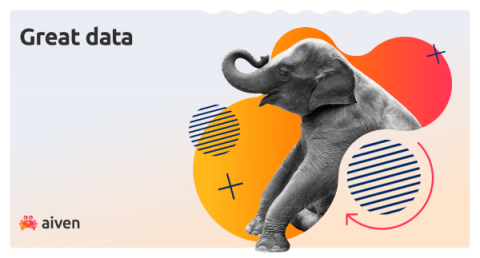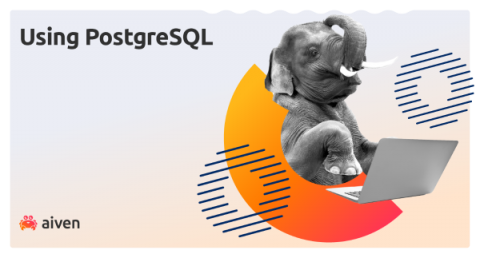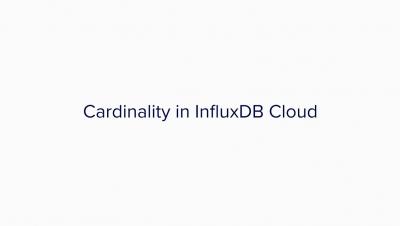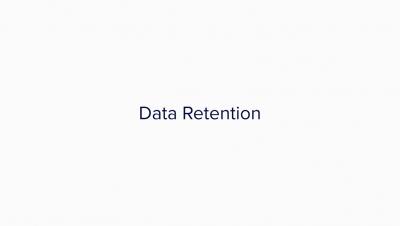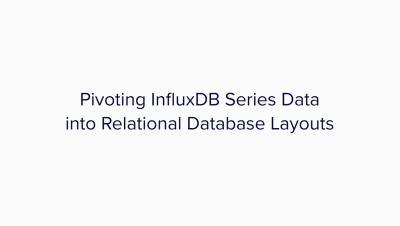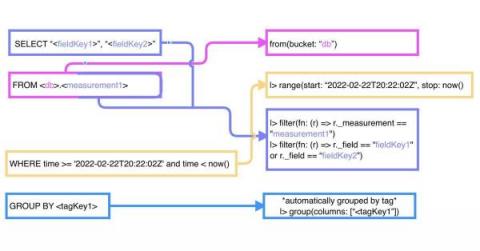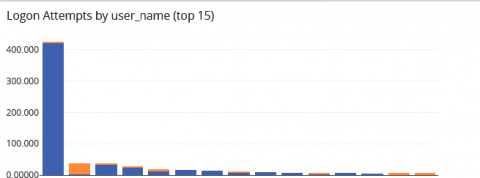Operations | Monitoring | ITSM | DevOps | Cloud
Analytics
(Postgre)SQL concepts and terms
Use cases for PostgreSQL
Cardinality in InfluxDB Cloud
Data Retention
What is Time Series?
Pivoting InfluxDB Series Data into Relational Layouts
Secure your database access with HashiCorp Vault
TL;DR InfluxDB Tech Tips: Converting InfluxQL Queries to Flux Queries
If you’re a 1.x user of InfluxDB, you’re most likely more familiar with InfluxQL than you are with Flux. To gain a deep understanding of Flux, it’s important to understand: However, you can still use Flux without studying those topics. In this TL;DR, we’ll convert common InfluxQL queries into Flux and identify patterns between the two languages to help you get started using Flux more easily if you come from a InfluxQL or SQL background.
Building Your Security Analytics Use Cases
It’s time again for another meeting with senior leadership. You know that they will ask you the hard questions, like “how do you know that your detection and response times are ‘good enough’?” You think you’re doing a good job securing the organization. You haven’t had a security incident yet. At the same time, you also know that you have no way to prove your approach to security is working. You’re reading your threat intelligence feeds.



